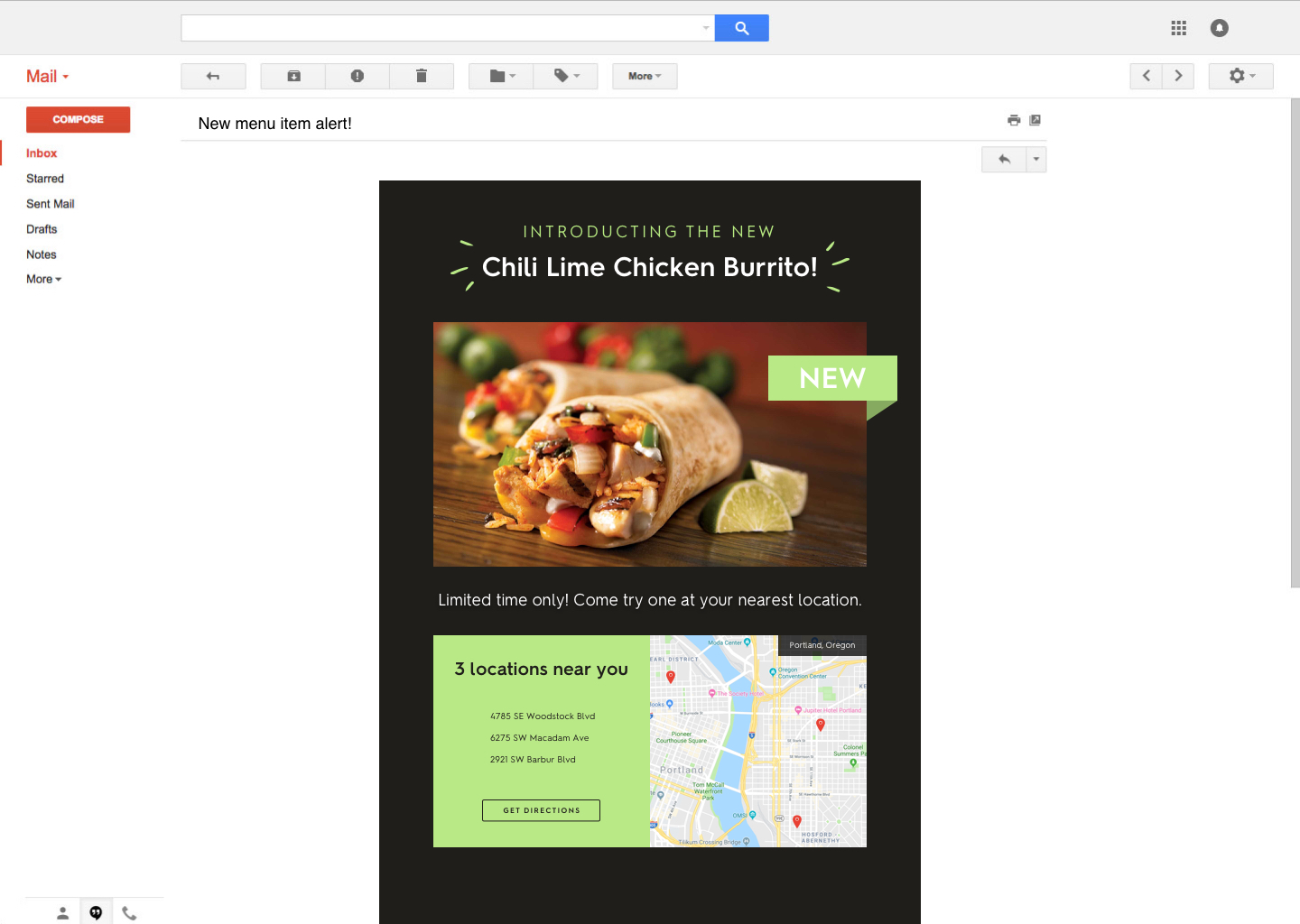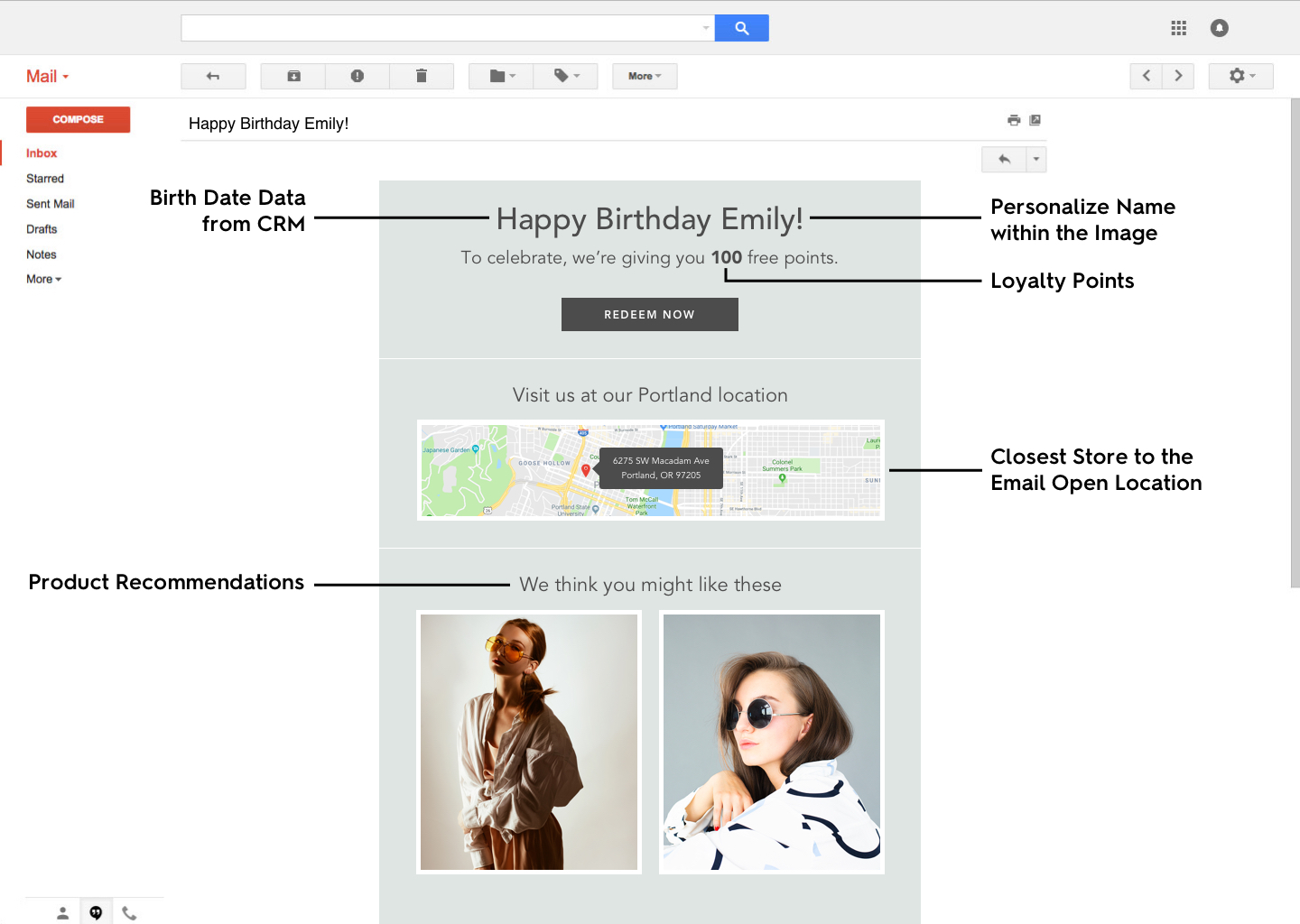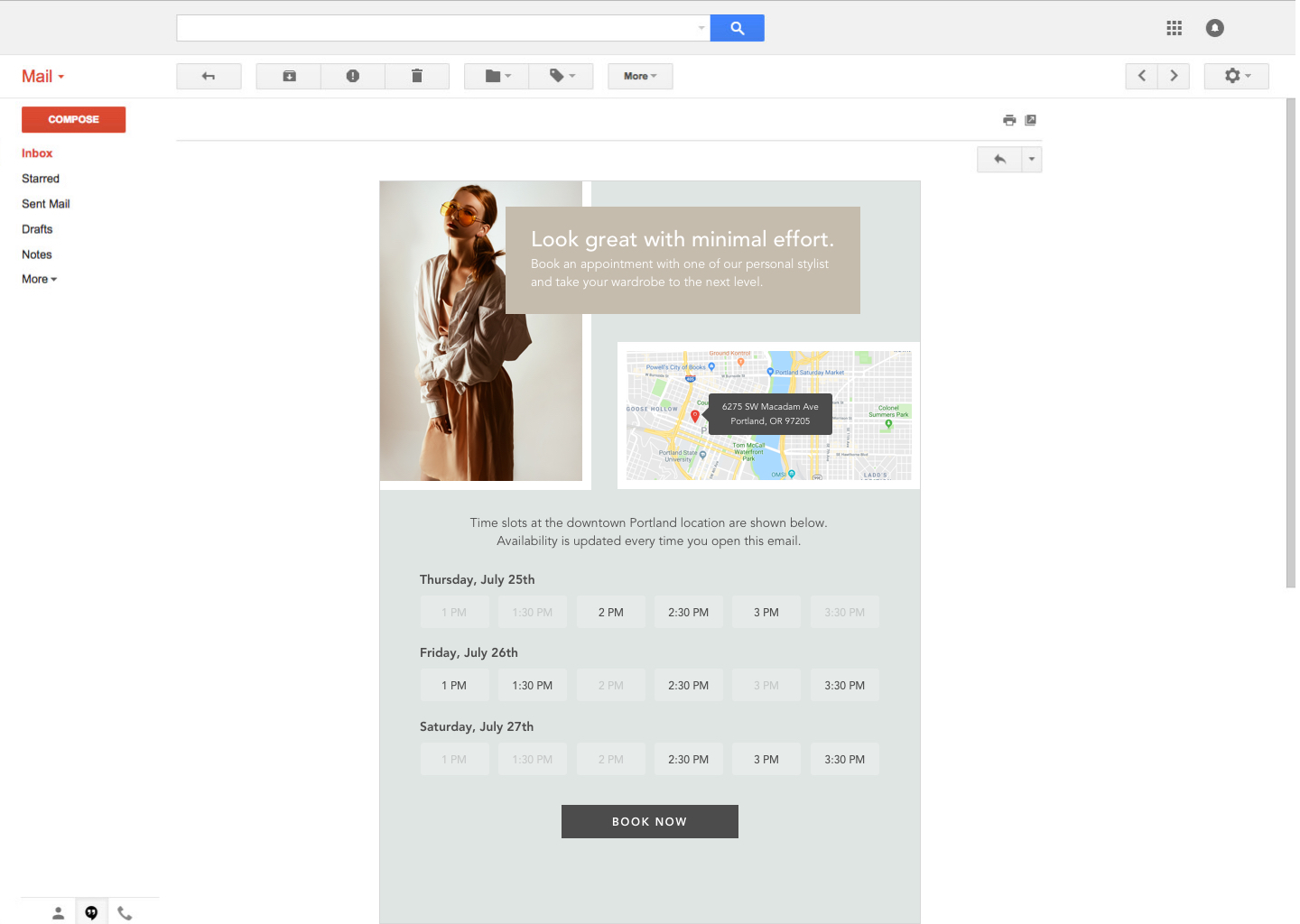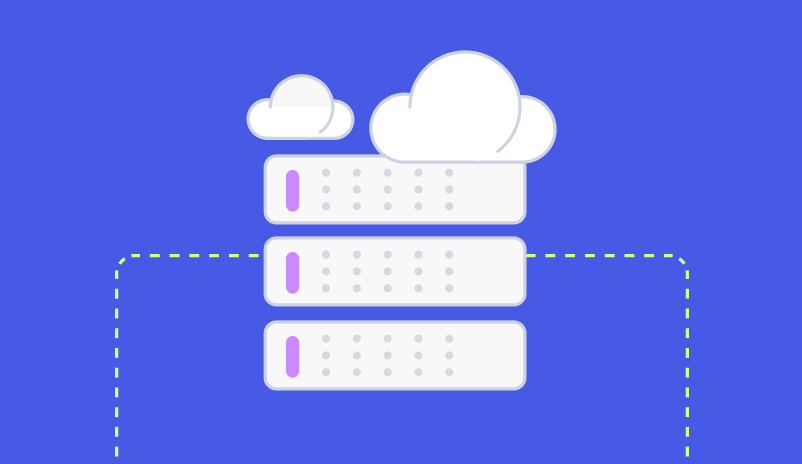How Retailers Can Personalize Emails With Location Data
Using location is one of the best ways to personalize email. It will help you stay relevant and it’s not hard to retrive and utilize!
Let’s imagine you’re a retail brand with a regional footprint. You have about a dozen stores spread throughout the Pacific Northwest.
Life is pretty good. You have a solid base of customers, but, like any brand, you want to get more people buying.
Your email list isn’t quite on life support yet, but you know you’re probably letting a few opportunities pass by because you aren’t sure how to develop the right strategy. Right now, your list is just that, one giant list, and everyone gets the same email regardless of their location.
Do the general outlines of this story sound familiar?
If the answer is yes, you’re going to want to keep reading. We’re going to show you a few ways to breathe life back into your list and see better opens, clicks, and conversions.
Personalizing emails is only the first step
To help solve the problem, our imaginary marketing team has to take two main steps.
First, it’s time to realize email is all about personalization right now, and likely into the future. In order to really see an impact with your customers, you need to make the content relevant to their specific interests, wants, needs, and fears.
But, that’s hard to do when you’re sending out mass emails to thousands of people at once.
Which brings us to the second part. Data.
Through your customer relationship management tool and even your email service provider, you have a wealth of data right at your fingertips, are you using it?
If the answer is no, now is the time to start. You don’t have to suddenly become a data expert to improve your email success rate. All you need to start is one single piece of information; location data.
What can you do with location data?
With location data, something as simple as your customer and reader’s zip code, you can go above and beyond when it comes to personalizing emails.
For retailers, this type of information is great. You can use it in a bunch of different ways to drive action and engagement through your emails as well as foot traffic to your stores too.
Here are a few examples.
Special Announcements
When you run a retail shop, every store is different, even though they all operate under one brand. In most cases, for example, customers will tend to become loyal to one storefront and not pop around to all the other places.
You can use your location data to capitalize on that. Knowing the location of your customers means you can send certain segments of your list specific information on what’s going on in their local area.

Maybe a new five-star chef just got hired at the downtown store, or there’s a new special burrito on the menu that features local flavors. Rather than blasting that info out to everyone in a generic email, make it a special announcement that only goes out to the relevant customers.
Holidays and Loyalty
One of the most basic ways brands up their game when it comes to sending personalized loyalty emails is to feature a birthday or the anniversary of when someone joined the mailing list.

And that’s a great start. But, with location data, you can level up by getting even more personal. You can feature a happy birthday email that also highlights the nearest shop, a gentle nudge to get your customer to pop in.
The same goes for loyalty points. Maybe you want to get more people in your newest salon. Use your location data to tell your customers that they’ll get double loyalty points if they book an appointment and come into that specific location.
Sales and events
People care about what’s happening in their neighborhood shops. They tend to focus on the hyper-local. You can use that to your advantage by sending out emails with events and sales that apply to the customers in a specific neighborhood.

For example, with this email, the retail shop can use personalized and localized content to offer VIP and special events. Here, only this specific store is featuring appointments with personal stylists.
A customer who gets this email is going to feel like it was created just for them. That’s something that can make them far more likely to take action versus something that’s a general announcement about the same sort of event where they’re asked to reply for more information.
As you can see, there’s a lot of powerful things retailers can do with location data to personalize emails. So, what are you waiting for?
Grow your business and total sales




